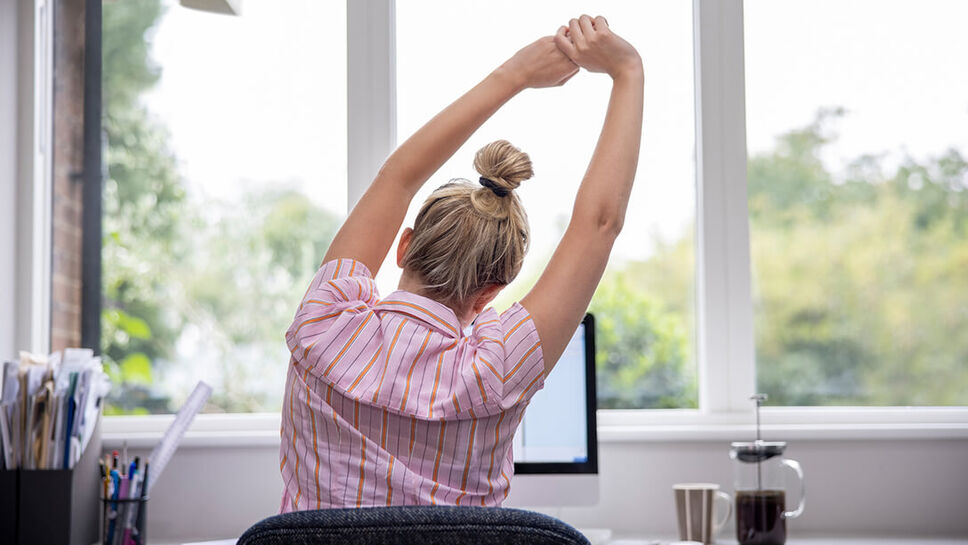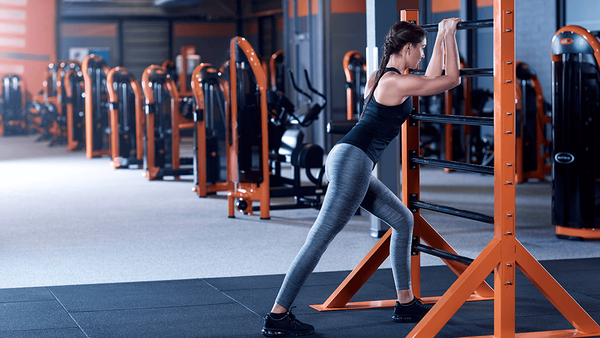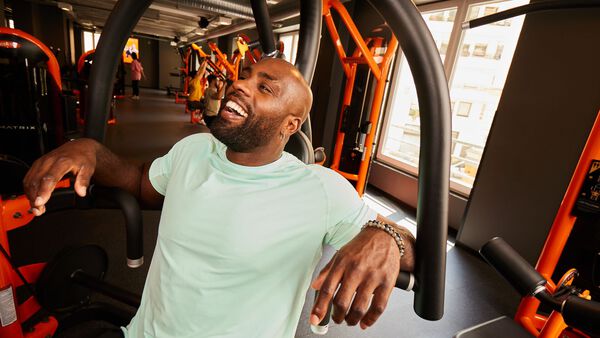We do. We've heard these complaints from many of our patients over the past three months. Fortunately, there are employers who are doing their best to facilitate a more ergonomic workspace for their employees working from home. They are providing desk chairs, workstations with extra keyboards, monitors, and the like, which is wonderful for those employees. But what if you're not one of the lucky ones? What should you do then?
We know that static loads on the body can cause stiffness and sometimes even neck or back pain. The only way to prevent this is to change up your posture many times during the day. We'd like to share a few simple but effective exercises to vary your posture.
- For example, turn your head and torso to the left and then to the right once every 20 minutes. Do 20 reps of this exercise.
- Stand up during a video call and actively pull your knees upwards 30 times (like marching in place).
- Set a timer to go off every 30 minutes and bend and stretch your body 15 times.
What is the best way to sit at your kitchen table when using your laptop?
Four steps for creating an optimal work-from-home environment:
- Slide your chair up to the table so you can rest your stomach against it.
- Make sure your forearms are supported by the table while your upper arms hang loosely against your torso with your elbows touching your sides.
- Set the monitor high enough so you are looking straight ahead at the upper edge of your screen.
- Try to sit at a 90-degree angle with your hips and knees. Raise or lower your seat as needed, if possible.
The most important thing is and will always be to try to move as much as possible!
This blog was written by one of our physical therapists from the YorBody Fysiotherapie practice.





